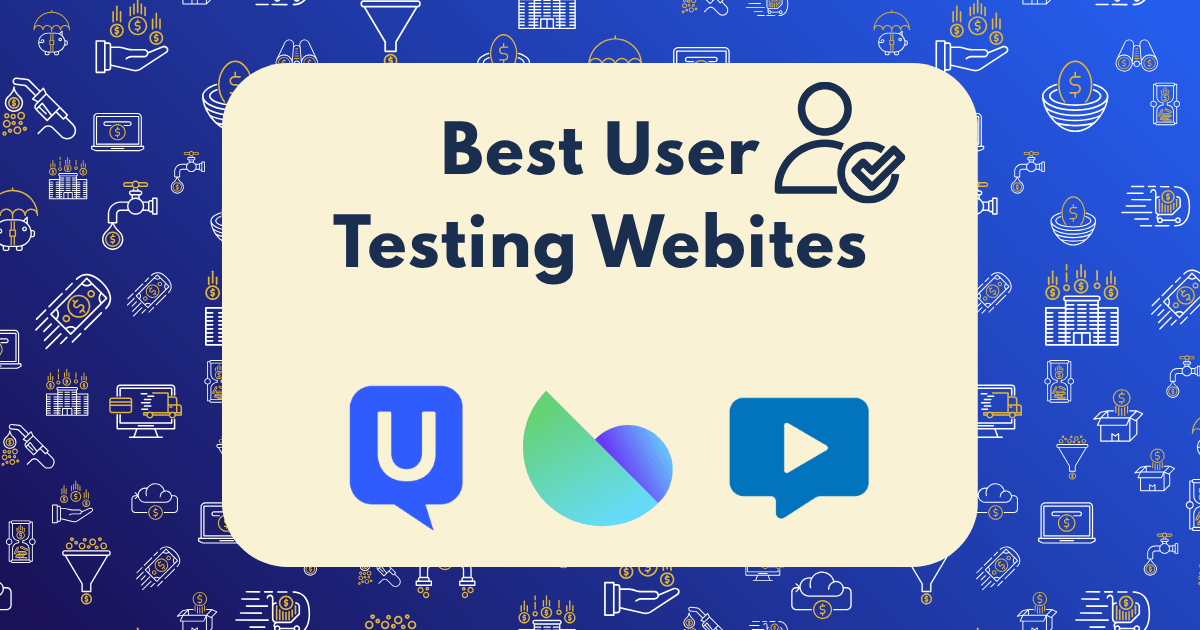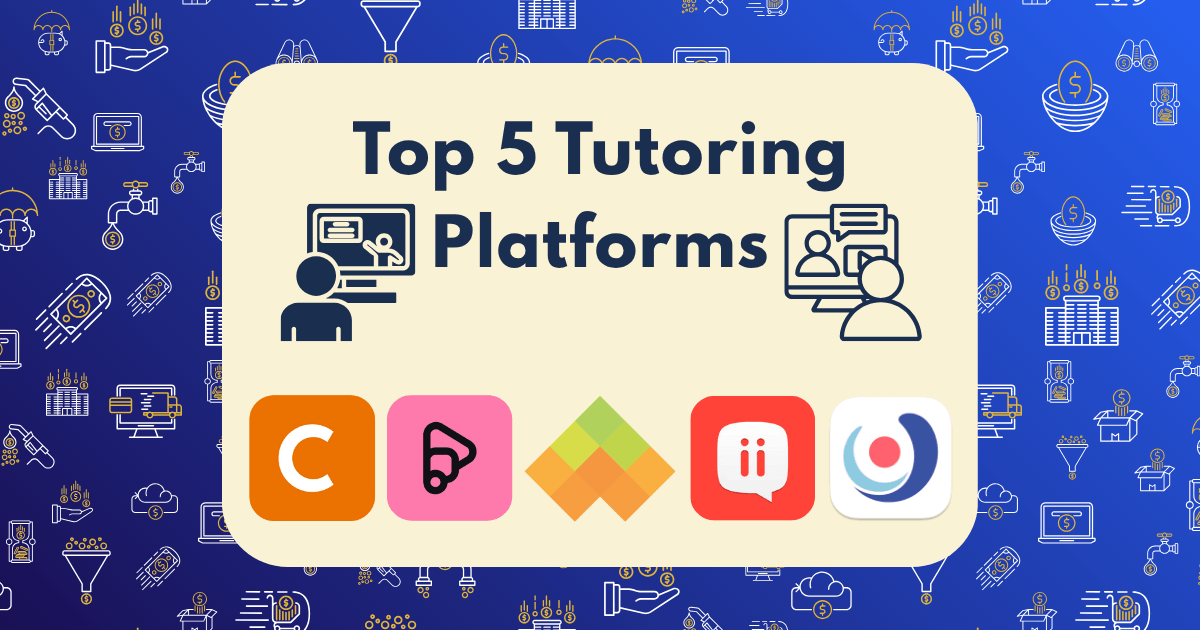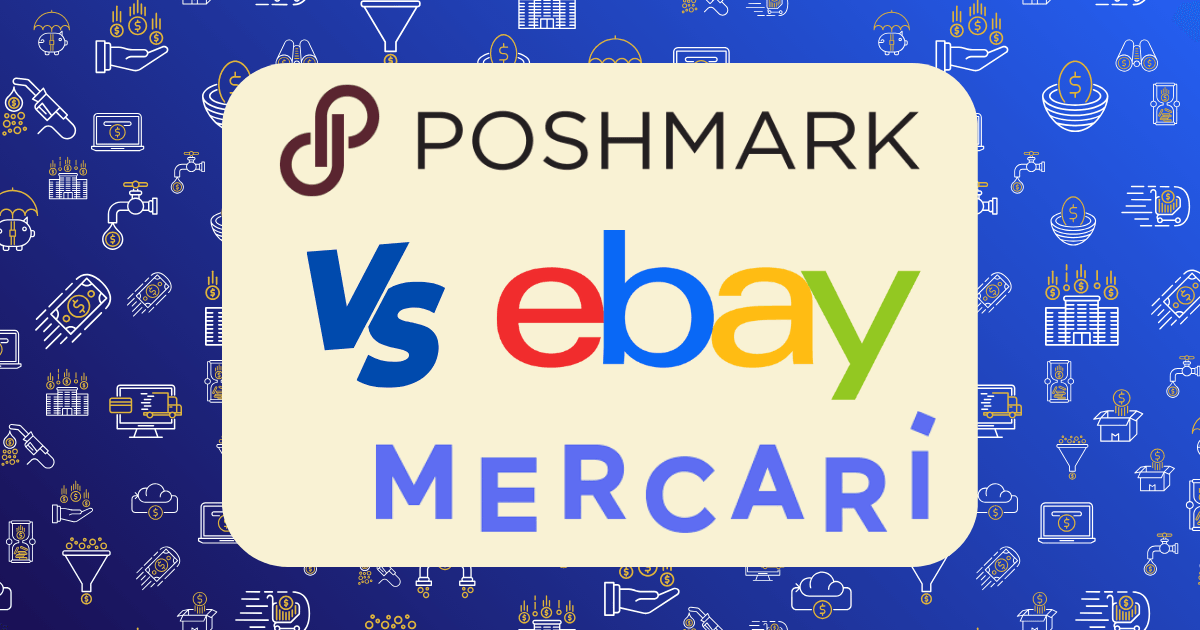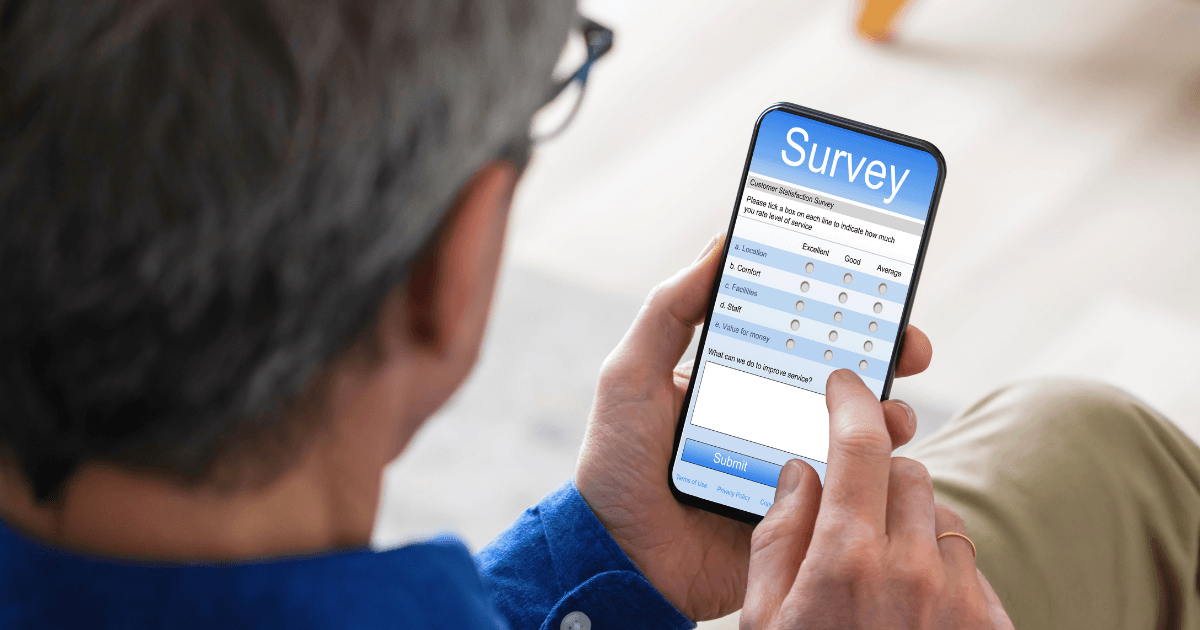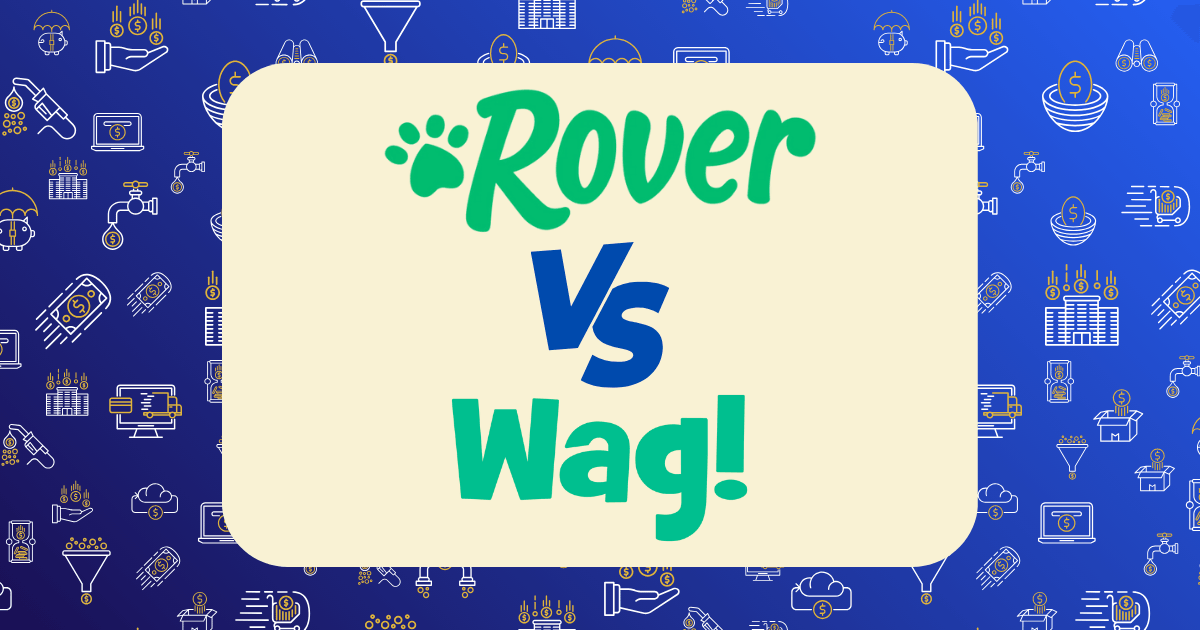Offering Weekend Event Photography Services That Pay $500+ Per Event
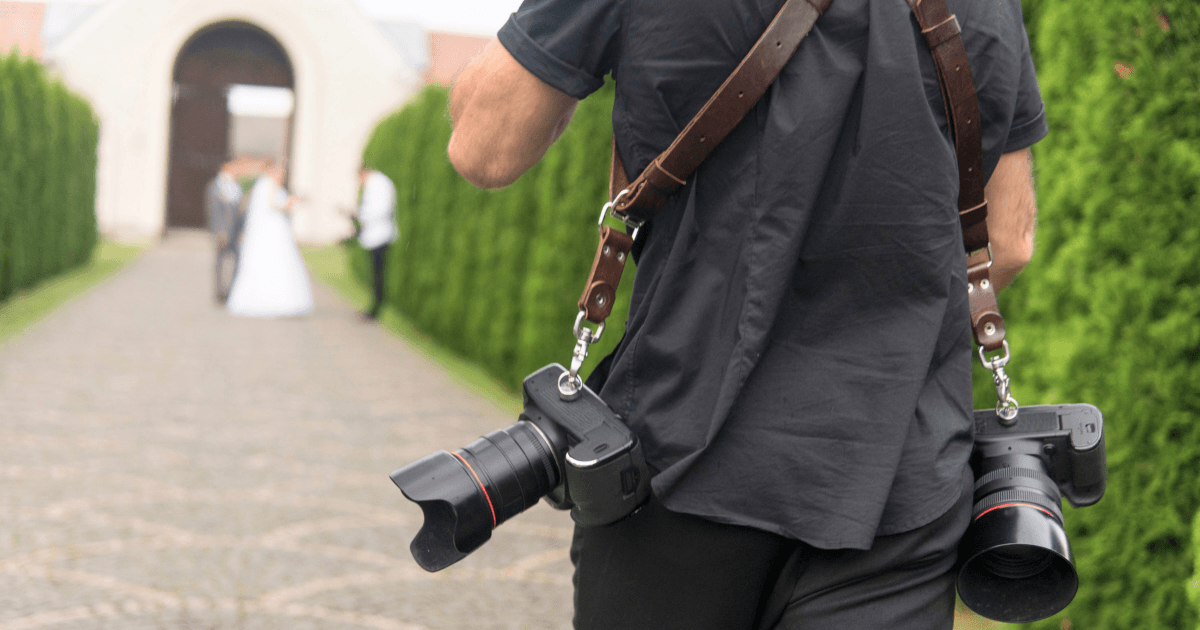
When I first picked up a camera five years ago, I never imagined it would become a lucrative weekend side business generating over $3,000 monthly in extra income. Like many photography enthusiasts, I started by shooting for free—friends’ birthdays, family gatherings, and the occasional favor for colleagues.
Today, I turn down more events than I accept, maintain a 90% booking rate for the dates I make available, and consistently command $500-$1,500 per event without a formal photography degree or decades of experience.
The difference between struggling photographers and those earning premium rates isn’t just skill—it’s strategic positioning, package structure, and business systems. In this guide, I’ll reveal exactly how I transformed my photography hobby into a profitable weekend business that clients happily pay premium rates for.
The Event Photography Market in 2025: Opportunity Analysis
Before diving into tactics, let’s examine the current market landscape:
- The average wedding photography package ranges from $1,300 to $5,000+
- Corporate event photography typically commands $150-$500 per hour
- Personal event photography (birthdays, anniversaries) averages $300-$600 per event
- The post-pandemic surge in celebrations has created unprecedented demand for quality event photography
What most photographers miss is that clients aren’t buying photos—they’re buying peace of mind, status signaling, and emotional preservation. Understanding this psychological foundation is essential for commanding premium rates.
My Journey from Hobby to $500+ Per Event
Phase 1: The Undercharging Beginner ($100-$200/event)
Like most photographers, I started by severely underpricing my services:
- Shot friend-of-friend events for $100-$200
- Delivered excessive images (300+ per event)
- Provided unlimited revisions and customization
- Was available 24/7 for client questions
- Said yes to every request regardless of fit
This approach filled my calendar but left me exhausted, underpaid, and resentful. I was working harder than photographers charging 3x my rates.
Phase 2: The Strategic Pivot ($300-$400/event)
After nearly burning out, I implemented these changes:
- Raised base rates to $300-$400 per event
- Created standardized packages with clear deliverables
- Established boundaries for communication and revisions
- Began targeting specific event types (corporate, milestone birthdays)
- Invested in better equipment and editing tools
This improved my situation but still didn’t reflect the true value I was providing.
Phase 3: The Premium Positioning ($500-$1,500/event)
The breakthrough came when I completely restructured my business model:
- Developed signature service packages starting at $500
- Positioned as a premium “event experience documentarian” rather than just a photographer
- Created systems for consistent client experience
- Implemented strategic add-ons and upsells
- Established referral partnerships with complementary vendors
This transformation didn’t happen overnight, but the principles can be applied by any photographer ready to increase their earning potential.
The Psychology of Premium Event Photography Pricing
Understanding why clients pay premium rates is crucial for positioning your services effectively:
1. The Preservation Principle
Clients aren’t just buying photos—they’re preserving irreplaceable moments. This emotional value far exceeds the technical cost of photography services.
2. The Status Signaling Factor
High-quality event photography serves as a status symbol, particularly for weddings and corporate events. Clients often view photography as a reflection of the event’s importance.
3. The Insurance Mentality
Clients pay premium rates as “insurance” against missed moments or poor-quality documentation. The peace of mind from hiring a reliable professional justifies higher pricing.
4. The Expertise Premium
Clients recognize that capturing meaningful moments requires more than technical skill—it requires experience in anticipating key interactions and emotions.
Leveraging these psychological principles in your marketing and client communications justifies premium pricing while attracting ideal clients.
Crafting $500+ Event Photography Packages
The structure of your service offerings dramatically impacts perceived value and profitability. Here’s my proven framework:
The Foundation Package ($500)
- 3 hours of coverage
- 1 photographer
- 100 professionally edited digital images
- Online gallery for 30 days
- Personal usage rights
- 48-hour sneak peek (5 images)
- Delivery within 14 days
The Signature Package ($750)
- 5 hours of coverage
- 1 photographer
- 150 professionally edited digital images
- Online gallery for 60 days
- Personal usage rights
- 24-hour sneak peek (10 images)
- Delivery within 10 days
- Social media highlight reel
The Premium Package ($1,200)
- 8 hours of coverage
- 1 photographer + assistant
- 200 professionally edited digital images
- Online gallery for 90 days
- Personal usage rights
- Same-day sneak peek (15 images)
- Delivery within 7 days
- Social media highlight reel
- 20-page digital magazine-style album
Strategic Add-Ons
- Second shooter: $350
- Additional hour: $150
- Expedited delivery (48 hours): $250
- Printed 8×10 album: $300
- Raw files: $400
- Commercial usage rights: $500
This tiered structure creates clear value differentiation while allowing clients to self-select based on their needs and budget.
Equipment Investment Strategy: Maximum ROI
Many photographers overspend on gear while underinvesting in business systems. Here’s my minimalist but professional kit that delivers premium results:
Essential Kit ($3,000-$4,000)
- Professional DSLR or mirrorless camera body ($1,500-$2,000)
- 24-70mm f/2.8 lens ($800-$1,200)
- 70-200mm f/2.8 lens ($1,000-$1,500)
- 2 professional speedlights ($300-$500)
- Light stands and modifiers ($200-$300)
- Professional editing software subscription ($120-$240/year)
Backup Kit ($1,500-$2,500)
- Secondary camera body ($800-$1,200)
- 50mm f/1.8 lens ($150-$250)
- Additional batteries and memory cards ($200-$300)
- Backup drives ($150-$250)
Optional Specialty Equipment ($1,000-$2,000)
- Ultra-wide lens for venue shots ($400-$800)
- Macro lens for detail shots ($400-$700)
- Video capability for hybrid offerings ($500-$1,000)
This equipment strategy provides professional-quality results while maintaining a healthy profit margin on each event.
Client Acquisition: Filling Your Calendar with Premium Bookings
Attracting clients who value quality over price requires strategic marketing. Here’s my multi-channel approach:
1. Strategic Partnerships (40% of bookings)
I’ve developed mutually beneficial relationships with:
- Event planners (15% referral fee or reciprocal referrals)
- Popular venues (featured photographer status)
- Complementary vendors (DJs, caterers, florists)
- Corporate event coordinators
These partnerships provide pre-qualified leads who trust the recommendation and rarely negotiate on price.
2. Targeted Portfolio (30% of bookings)
Rather than showing a generic portfolio, I’ve created:
- Event-specific portfolios (corporate, wedding, milestone)
- Venue-specific galleries (showcasing my work at popular locations)
- Style-specific collections (modern, traditional, photojournalistic)
This targeted approach helps potential clients envision their own event through my lens.
3. Strategic Social Presence (20% of bookings)
My social media strategy focuses on:
- Sharing behind-the-scenes content showing my process
- Highlighting emotional moments rather than technical perfection
- Tagging venues and vendors to expand reach
- Engaging with local event hashtags and communities
This approach attracts clients who connect with my style and approach before they even contact me.
4. Past Client Nurturing (10% of bookings)
I maintain relationships with past clients through:
- Personalized anniversary messages with their favorite event photo
- Referral incentives ($100 credit for successful bookings)
- Early access to limited availability dates
- Loyalty discounts for repeat clients
This system generates a steady stream of repeat business and referrals with minimal marketing effort.
The Weekend Workflow: Maximizing Efficiency
Maintaining profitability requires streamlined workflows before, during, and after events:
Pre-Event System (2 hours)
- Standardized client questionnaire for event details
- Location scouting via Google Maps/Street View when in-person isn’t possible
- Shot list template customized for event type
- Equipment checklist and preparation
- Client expectation setting and timeline confirmation
Event Day System (3-8 hours)
- Arrival 30 minutes before contracted time
- Key moment checklist with timeline
- Structured approach for group shots to maximize efficiency
- Energy management techniques for maintaining creativity
- Strategic breaks to review critical shots
Post-Event System (4-6 hours)
- Immediate backup of all files (on-site and cloud)
- Culling process using rating system (1-5 stars)
- Batch editing with custom presets for consistency
- Quality control checklist before delivery
- Automated client delivery and follow-up sequence
This systematic approach reduces the total time investment per event to 9-16 hours while maintaining premium quality.
Scaling Beyond $500: Advanced Strategies
Once you’ve established your $500+ base rate, these strategies can further increase your per-event revenue:
1. The Multi-Service Approach
Expand your offerings to include:
- Same-day edits (delivered during the event)
- Hybrid photo/video packages
- Photo booth add-ons
- Pre-event coverage (rehearsals, preparations)
These complementary services can increase your package value by 50-100% with minimal additional time investment.
2. The Product Upsell System
Implement a strategic post-event sales process:
- In-person reveal sessions for product sales
- Curated album designs that tell a cohesive story
- Wall art collections designed for the client’s space
- Gift print packages for family members
Physical products typically carry 70-80% profit margins and can double your per-client revenue.
3. The Exclusivity Model
Create artificial scarcity to justify premium rates:
- Limit weekend availability to 2-3 events
- Create a waitlist for popular dates
- Implement an application process for new clients
- Develop signature styles that can’t be easily replicated
This approach positions your services as exclusive and desirable, justifying rates well above market average.
4. The Commercial Rights Strategy
Educate corporate clients on usage rights:
- Basic packages include personal use only
- Tiered commercial licensing for marketing use
- Extended usage terms for additional fees
- Exclusive rights options for premium pricing
This strategy can increase corporate package values by 30-50% without additional shooting time.
The Financial Reality: Breaking Down the Numbers
Let’s examine the economics of a typical month with weekend-only bookings:
Revenue (4 weekend events)
- 2 Foundation Packages: $1,000
- 1 Signature Package: $750
- 1 Premium Package: $1,200
- Average add-ons per event: $200 ($800 total)
- Total Monthly Revenue: $3,750
Expenses
- Equipment depreciation/maintenance: $200
- Software subscriptions: $50
- Transportation: $100
- Assistant/second shooter: $350
- Marketing and advertising: $150
- Business insurance: $50
- Total Monthly Expenses: $900
Net Profit
- Monthly Profit: $2,850
- Hourly Rate: Approximately $60-$75/hour
This model demonstrates how weekend-only photography can generate significant income while maintaining work-life balance.
Common Pitfalls and How to Avoid Them
My journey included several costly mistakes. Learn from them to accelerate your success:
1. The Discount Trap
Mistake: Offering discounts to fill your calendar.
Solution: Instead of discounting, adjust the package contents to meet budget constraints while maintaining your hourly rate.
2. The Scope Creep
Mistake: Allowing clients to add requests without additional compensation.
Solution: Clearly define deliverables in contracts and create a fee schedule for additions.
3. The Editing Spiral
Mistake: Spending excessive time on perfect editing.
Solution: Develop efficient presets and limit revision rounds in your contract.
4. The Gear Obsession
Mistake: Continuously upgrading equipment instead of improving business systems. Solution: Only invest in gear that directly increases your earning potential or significantly improves client experience.
5. The Burnout Cycle
Mistake: Booking back-to-back events without recovery time.
Solution: Build buffer days into your calendar and limit monthly bookings to maintain quality and enthusiasm.
Your 60-Day Implementation Plan
Ready to transform your photography side hustle into a $500+ per event business? Here’s your roadmap:
Days 1-15: Foundation Building
- Audit your current portfolio and identify your strongest work
- Research local market rates and competitor positioning
- Design three tiered packages with clear value differentiation
- Create or update your client contract with protective clauses
- Develop a standardized client questionnaire
Days 16-30: Systems Development
- Create editing presets for consistent, efficient processing
- Build email templates for client communication
- Develop shot list templates for different event types
- Establish a file management system for client assets
- Set up a client gallery delivery system
Days 31-45: Market Positioning
- Update your website with new packages and positioning
- Create event-specific portfolio sections
- Reach out to 5-10 potential strategic partners
- Develop a social media content calendar focused on your target clients
- Write 3-5 blog posts demonstrating your expertise
Days 46-60: Launch and Acquisition
- Announce your new services to past clients
- Implement a referral program with incentives
- Schedule coffee meetings with top venue coordinators
- Run targeted social media ads to your ideal client demographic
- Follow up with past inquiries who didn’t book
This systematic approach will position you to command $500+ rates within 60 days of implementation.
Is This Sustainable in 2025 and Beyond?
Despite concerns about market saturation and smartphone photography, premium event photography remains in high demand for several reasons:
- Experience Documentation: As experiences become more valued than possessions, quality documentation of these moments increases in importance.
- Social Media Influence: The rise of social sharing creates demand for professional-quality images that represent personal and brand identity.
- Corporate Content Needs: Businesses increasingly need visual content for marketing, requiring professional event documentation.
- Technical Advancement Gap: The gap between smartphone capabilities and professional equipment continues to justify premium photography services.
The key to sustainability is positioning yourself as an experience documentarian rather than just a technical service provider.
Final Thoughts: Beyond the Money
While the financial benefits of weekend event photography are significant, the flexibility and creative fulfillment provide equally valuable benefits:
- Time Freedom: Weekday time remains available for other pursuits
- Skill Development: Constant improvement in a creative field
- Network Building: Connections with influential people and businesses
- Portfolio Diversity: Varied work that prevents creative stagnation
Whether you’re looking to generate side income or build a foundation for a full-time creative business, premium event photography offers a viable path with relatively low barriers to entry.
Have you tried offering event photography services? What strategies have helped you increase your rates? Share your experiences in the comments below!


